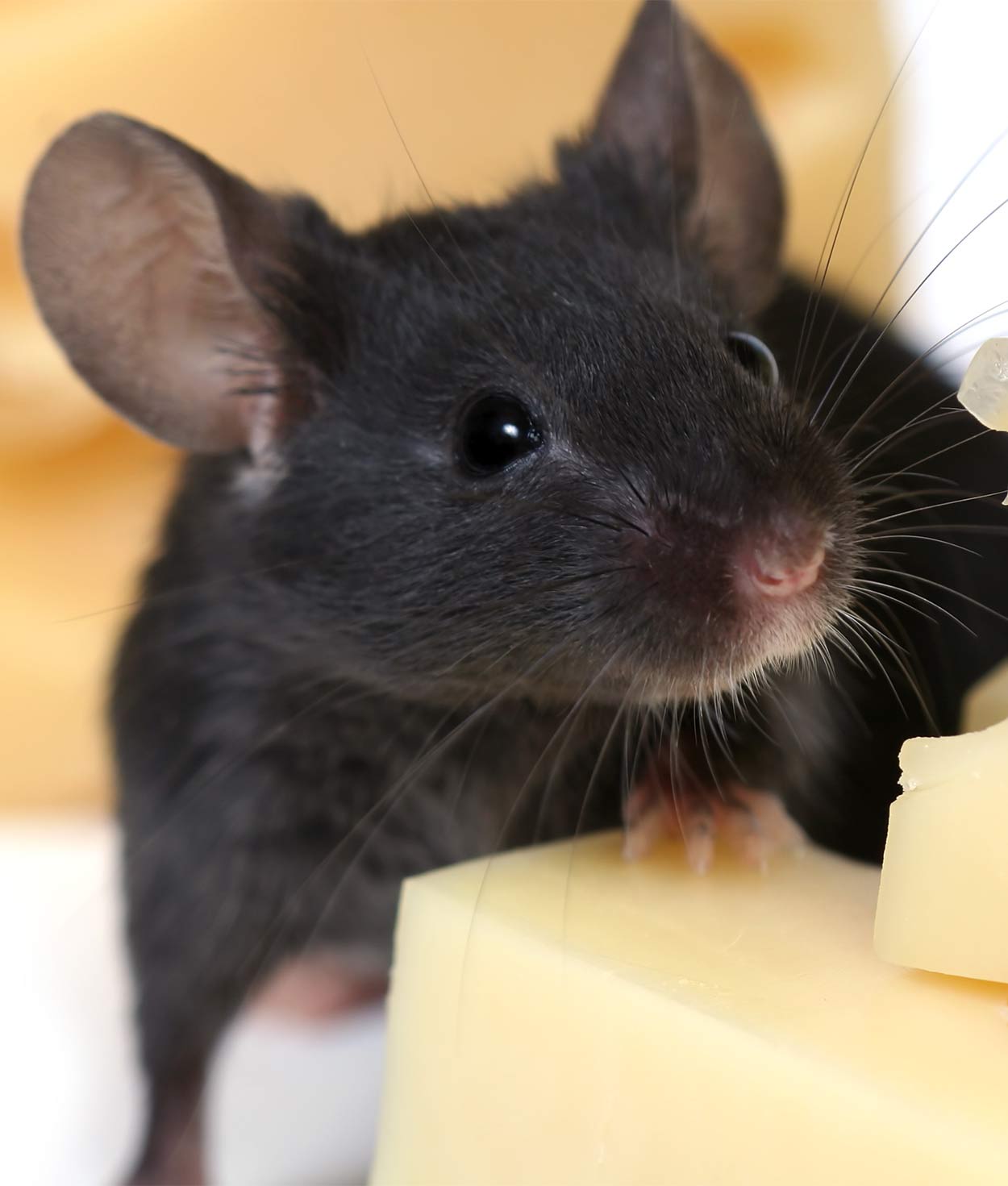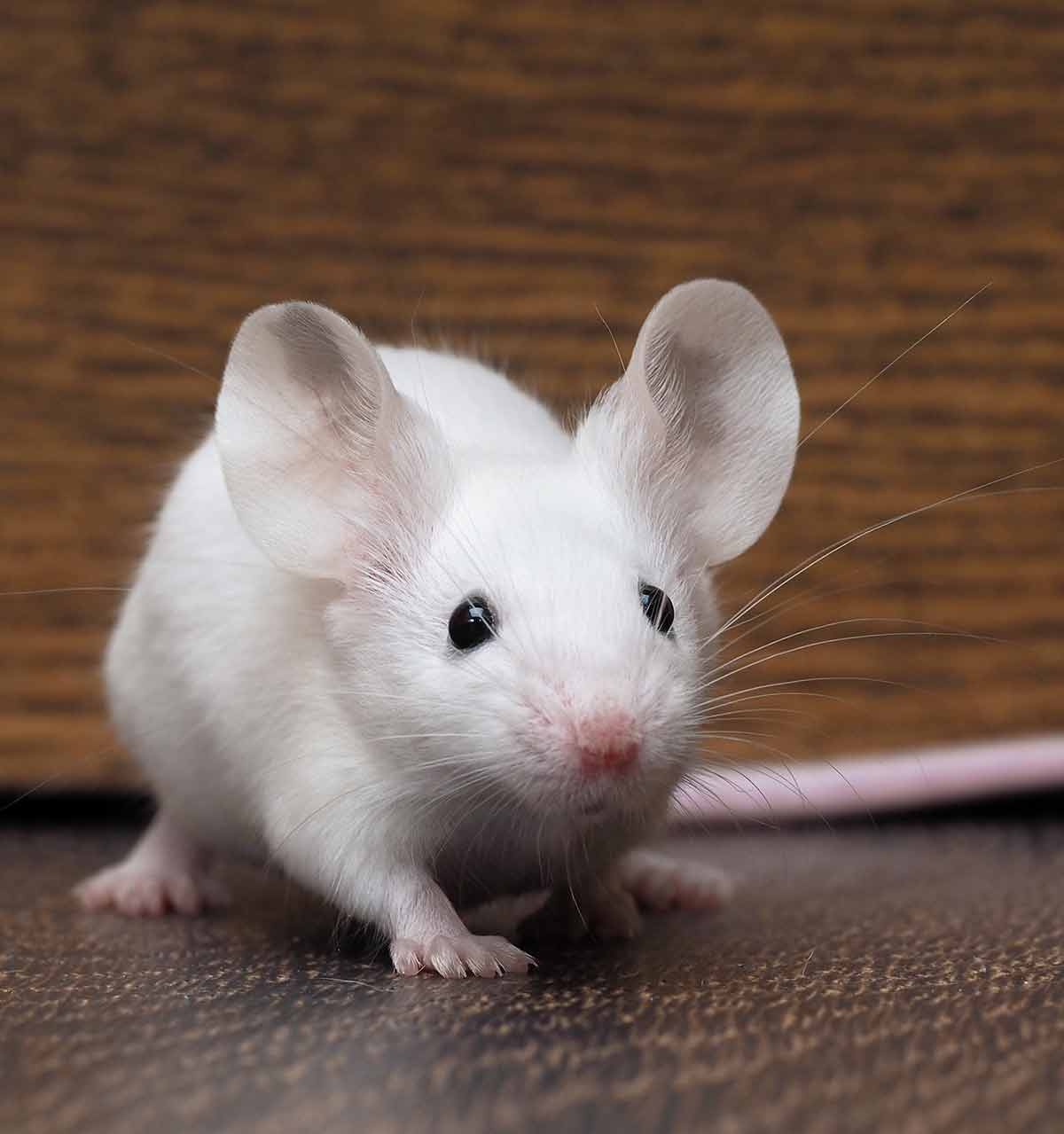The Animal Mouse - More Than You Think
When you hear the word "mouse," your mind might jump to a few different pictures, perhaps a small, furry creature scurrying across the floor, or maybe the clicking device you use with your computer. It's interesting, really, how one simple word can point to two very different things, each with its own unique characteristics and, in a way, its own kind of "legs" and "teeth."
You know, it's pretty wild to think about the differences between these two "mice." For instance, a computer mouse, the one that helps you point and click on your screen, typically has a couple of little feet or gliders on its underside, which you could almost call its "legs." And then it has those two buttons up top that act a bit like "teeth" for interacting with digital stuff. An actual animal mouse, though, is a whole other story, and frankly, my text says they have eight legs, which is a rather surprising detail to consider when you picture a tiny rodent moving about.
So, we're going to take a closer look at these tiny, often misunderstood, animal creatures. We'll explore some of the surprising facts and common questions people have about them, from their unique features to their place in the bigger picture of nature, and just a little bit about what makes them tick, you know, in their own special way. It's quite a bit more involved than you might initially think, when you consider all the different aspects of their lives and how they fit into the world around us.
Table of Contents
- What's the Difference - Computer vs. Animal Mouse?
- Are They Really Called "Octorats"?
- Size and Growth of the Mouse Animal
- The Tiny Pinkie Mouse Animal
- What About the Mouse Animal's Heartbeat?
- The Largest Mouse Animal - The Kapivera
- What Do Mouse Animals Eat?
- Mouse Animals in Research and Other Odd Facts
What's the Difference - Computer vs. Animal Mouse?
It's funny how language works, isn't it? The same word can mean two completely different things, and this is certainly true for the word "mouse." When we talk about a computer mouse, we're thinking about that gadget you move around your desk, the one that helps you point to things and click on them on your screen. This device has, in a way, two little pads or gliders underneath that let it slide smoothly across a surface, almost like a pair of "legs" helping it get around your desk space. And then, of course, there are the two main buttons on top, which you press to make things happen on your screen; you could, perhaps, call these its "teeth" in a very loose sense, as they are for interaction with the digital world, helping you "bite" into tasks.
But an animal mouse, well, that's a living, breathing creature. It's a tiny mammal, often quite small, with fur and whiskers, and a tail. My text mentions that an animal mouse has eight legs, which is quite a lot for a creature of its typical size, really. This particular detail is something that, you know, makes you pause and think about what you thought you knew about these little guys. It's a surprising piece of information that sets them apart from their technological namesakes in a very distinct way. The way they move and interact with their surroundings is, in fact, entirely different from how a computer mouse operates, relying on their own biological makeup.
Are They Really Called "Octorats"?
This is a rather interesting point from my text, and it's something that might catch you off guard. It says, quite directly, that animal mice are not actually called mice. Instead, they are referred to as "octorats." Now, this might sound a bit surprising to many people, given how commonly we use the term "mouse" for these small rodents in everyday conversation. It just goes to show, doesn't it, that sometimes the common names we use for creatures might not be what they are "actually" called in certain contexts or perhaps by those who study them more closely. This little tidbit, frankly, adds a bit of a twist to our everyday language about these animals, giving them a different sort of identity than we might expect.
This idea of different names also brings up another question that sometimes comes up when people are discussing animals and their connections to various beliefs or stories. The text asks, "what is Ganapati's animal?" This is a question that relates to a specific cultural or religious context, and it’s a bit

Keeping Mice Away This Autumn | Mice Mob Exterminators

Pet Mice - A Complete Guide To Mice and Mouse Care

How Long Do Pet Mice Live?